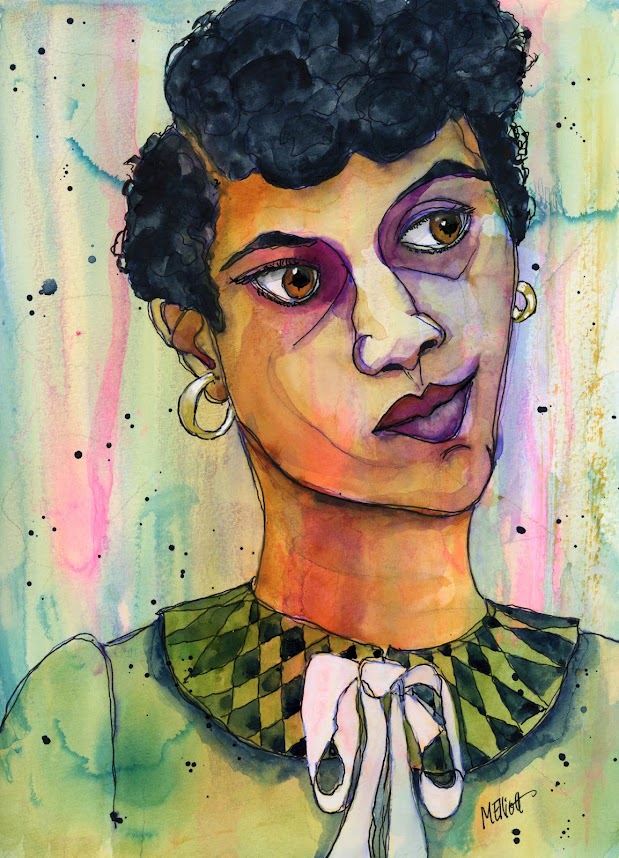One thing I miss about my job as a teen librarian is that I got to plan the entire teen summer reading program. The centralized library organization for summer reading club activities always issues a program, but their ideas of what teens will like are either stuck somewhere back in the 1960s or are just too coy and cutesie about current technology that they assume (wrongly) all teens love. So after my first year, I always designed a custom program for my teens, assisted by the other teen librarian. And after we decided what performers, crafts, and activities we would feature, it was my job (well, not really my
job, but something I chose to take on) to design and illustrate all the flyers for said activities. And I loved nothing better than to come up with a new logo for the "Book Café" nights, or to make an appropriate drawing to go with the BMX demonstration.
Since leaving the library, I have had few opportunities to make original illustrations for anything, but every once in a while I write a book review for my other blog, The Book Adept, that asks for some kind of visual interpretation. I just finished a book that was (among other things) a psychological exploration of the breakdown of a woman who has kept a secret pent up inside for 16 years, only to have her new marriage trigger her big time. I bought a stencil a while back with all kinds of words on it, and decided this was the perfect opportunity to use it as part of an art piece.
This is Vida Avery, from Lily King's book, The English Teacher. As you can tell from reading "between the lines" of her serene façade, inside she's a hot mess. I didn't have a whole lot to say in the review, partly because I didn't want to give too much away, but I think this illustration will help convey the disconnect between Vida's outsides and her insides.
"Vida"—stencil, gesso, ballpoint pen, Uniball, Daler Rowney inks, watercolors, Signo gel pen, on Strathmore 184-lb. Toned Tan Mixed Media paper, 9x12 inches.
Go to my other blog to read my review and see the illustration in situ; also, take a gander at all the other book reviews to see if you'd like to follow me there as well. I read eclectically, and review most of what I read.














